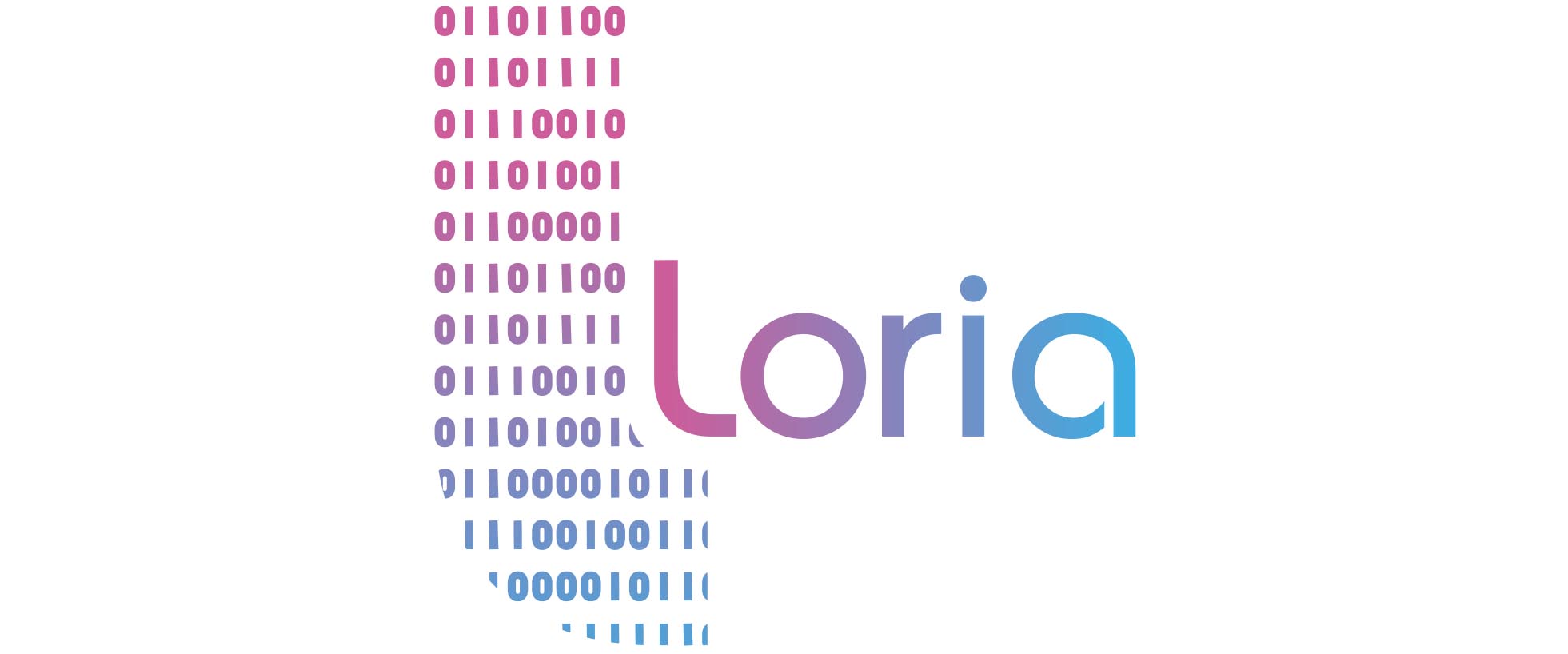Project ANR PRCE Grasp-IT 2020-2024
Project lead: Laurent Bougrain
Partners: Perseus, Hybrid, Camin, OpenEdge, univ. hosp. Rennes, univ. hosp. Toulouse
The funded 4-years ANR project GRASP-IT aims to recover upper limb control improving the kinesthetic motor imagery (KMI) generation of post-stroke patients using a tangible and haptic interface within a gamified Brain-Computer Interface (BCI) training environment.
—————————————————————
Project Inria Project Lab BCI-LIFT (Brain-Computer Interfaces: Learning, Interaction, Feedback, Training) 2014-2018
Project lead: Maureen Clerc
Inria partners: Athena, Camin, Hybrid, Mjolnir, Neurosys, Potioc
External partners: Inserm Lyon, Université de Rouen
BCI-LIFT is a large-scale 4-year research initiative whose aim is to reach a next generation of non-invasive Brain-Computer Interfaces (BCI), more specifically BCI that are easier to appropriate, more efficient, and suit a larger number of people.
—————————————————————
Project CNRS PEPS S2IH INS2I 2018 : MoveYouMind (Design and evaluation of a visual neurofeedback based on specific corticomotor areas using source localization for enhancing motor imagery)
Project lead: Laurent Bougrain
Partners: Neurosys, Cognitive and Systems Neurosciences (Univ Lorraine/CRAN), Perseus (univ Lorraine)
MOVE YOUR MIND aims at improving the functional recovery protocols of hemiplegic stroke patients by increasing the precision of the identification of the brain areas involved in a kinesthetic motor task of the upper limbs. The brain areas engaged during this rehabilitation task will be detected by specific source localization methods based on the signals obtained by an electroencephalographic acquisition system with variable geometry, which will inform and therefore guide the patient (and the nursing staff) during the functional rehabilitation by indicating to her/him if the activity which she/he produces is in the right motor area. The project aims to design and evaluate a visual neurofeedback based on active cortical areas within an existing brain-computer interface.
——————————————————————-
Project CNRS PEPS S2IH INS2I 2018 : HHH2HRH (From Human-Human Handshaking to Human-Robot Handshaking)
Project lead: Patrick Hénaff
Partners: Neurosys, , Perseus (univ Lorraine), Cerco, Incia
HHH2HRH aims at understanding and modelling physical and cognitive phenomena involved in a common human gesture that must be enough complex from the point of view of behavioral and neuro-sciences, as well as of robotics. We propose to study handshaking between humans (Human/Human HandShaking, HHH), which is both a common joint action and a multimodal communication between humans, and to reproduce it in its globality with a robot that shakes a human hand (Human/Robot HandShaking, HRH).



